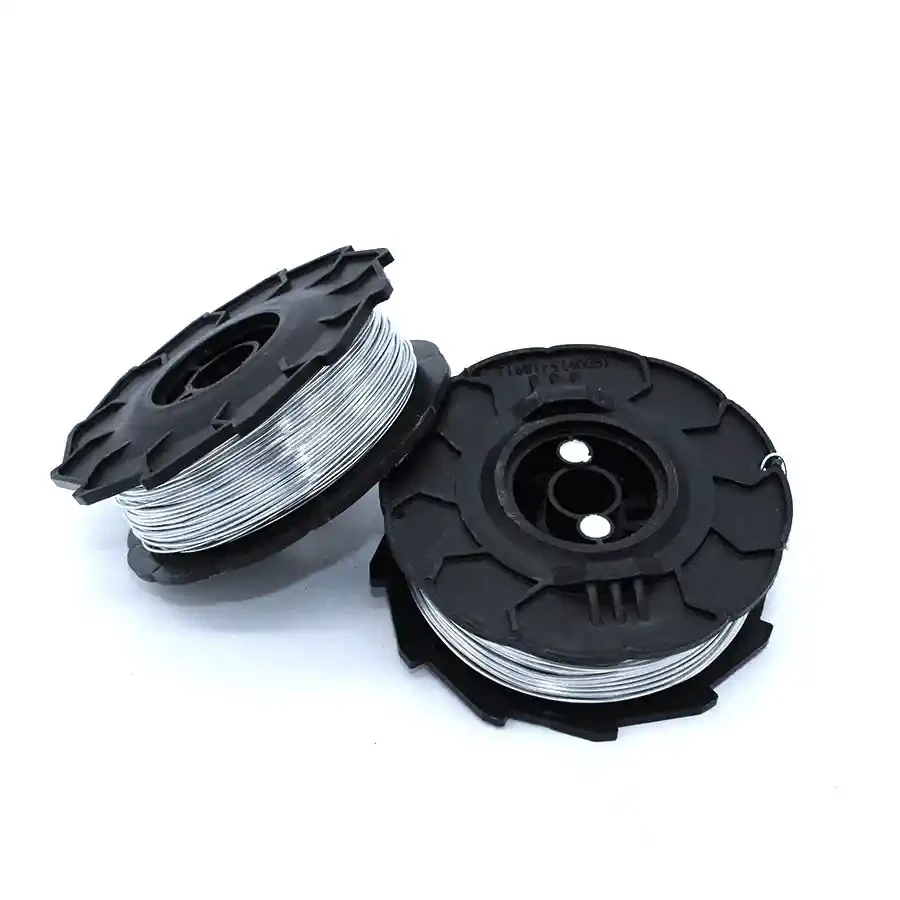
- Mobile Phone
- +8613931874955
- sales@cntcmetal.com
concrete reinforcement wire
The Importance of Concrete Reinforcement Wire in Construction
Concrete is one of the most widely used building materials in the world, known for its strength, durability, and versatility. However, its inherent brittleness can lead to cracking and structural failure under stress. To mitigate these issues, concrete reinforcement wire plays a crucial role in enhancing the structural integrity and longevity of concrete structures. This article will explore the significance of concrete reinforcement wire, its types, applications, and benefits in construction projects.
Understanding Concrete Reinforcement Wire
Concrete reinforcement wire, commonly referred to as rebar, is a type of steel bar or mesh used within concrete structures to increase tensile strength. When concrete is poured, it can withstand significant compressive forces, but it has low tensile strength. By integrating reinforcement wire into the concrete mix, the overall structural performance is improved. The wire creates a composite material that can handle both compressive and tensile stresses effectively.
Types of Concrete Reinforcement Wire
There are several types of reinforcement wire, each designed for specific applications
1. Steel Rebar This is the most common type of concrete reinforcement wire. It is available in various grades, sizes, and lengths, allowing for flexibility in design and application. Steel rebar can be smooth or have surface deformations (ridges) to improve bonding with concrete.
2. Welded Wire Fabric (WWF) This consists of a series of wire strands welded together to form a grid. WWF is often used in slabs, walls, and pavements to distribute loads evenly and reduce the likelihood of cracking.
3. Fiberglass Reinforcement An alternative to steel, fiberglass reinforcement is lightweight, resistant to corrosion, and non-conductive. It is ideal for applications where traditional steel might be unsuitable, such as in corrosive environments.
4. Plastic Reinforcement While not as strong as steel or fiberglass, plastic reinforcements are used for lightweight applications where flexibility and resistance to corrosion are required.
Applications of Concrete Reinforcement Wire
Concrete reinforcement wire is utilized in a variety of construction applications, including
concrete reinforcement wire

- Foundations To ensure stability and prevent cracking, reinforcement wire is used in footings and foundation walls, especially in areas prone to soil movement.
- Slabs and Pavements Reinforced concrete slabs are essential in commercial and industrial settings, where heavy loads are frequent. Reinforcement wire minimizes cracking and ensures longevity in pavement applications.
- Bridges and Overpasses Given the significant stresses involved, reinforced concrete is critical for the safety and durability of bridges and overpasses.
- Retaining Walls These structures often face lateral pressure from soil and water. Reinforcement wire helps maintain their integrity over time.
Benefits of Using Concrete Reinforcement Wire
The advantages of integrating concrete reinforcement wire into construction projects include
- Increased Tensile Strength Enhances the ability of concrete to withstand tensile stresses, significantly reducing the risk of cracking and failure.
- Durability Reinforced concrete structures have a longer lifespan due to their enhanced strength and the ability to resist environmental stressors.
- Cost-Effectiveness By reducing the likelihood of structural repairs and maintenance, the long-term cost savings can be substantial.
- Flexibility in Design The variety of reinforcement options allows architects and engineers to design more complex and innovative structures.
Conclusion
Concrete reinforcement wire is a fundamental component in modern construction, transforming the properties of conventional concrete and making it suitable for a variety of applications. With its ability to enhance strength and stability, it ensures the safety and longevity of structures while providing cost-effective solutions for builders and engineers. As construction technology continues to evolve, the importance of quality reinforcement techniques will remain paramount in creating resilient infrastructure.
share:
-
Why Sacrificial Formwork Is Redefining Underground ConstructionNewsJun.06,2025
-
The Structural Dynamics of Modern Concrete: How Snake Spacers Revolutionize Flexible ReinforcementNewsJun.06,2025
-
Snake Spacers Smart-Lock Concrete Reinforcement with Surgical PrecisionNewsJun.06,2025
-
Snake Spacers: Reinforcement Precision for Modern Concrete ProjectsNewsJun.06,2025
-
Snake Spacers Powering Concrete's Structural DNANewsJun.06,2025
-
Slither into Success: Snake Spacers' Precision Bite for Unbreakable ReinforcementNewsJun.06,2025
-
Sacrificial Formwork: Building Stronger, Faster, and Safer StructuresNewsJun.06,2025



















